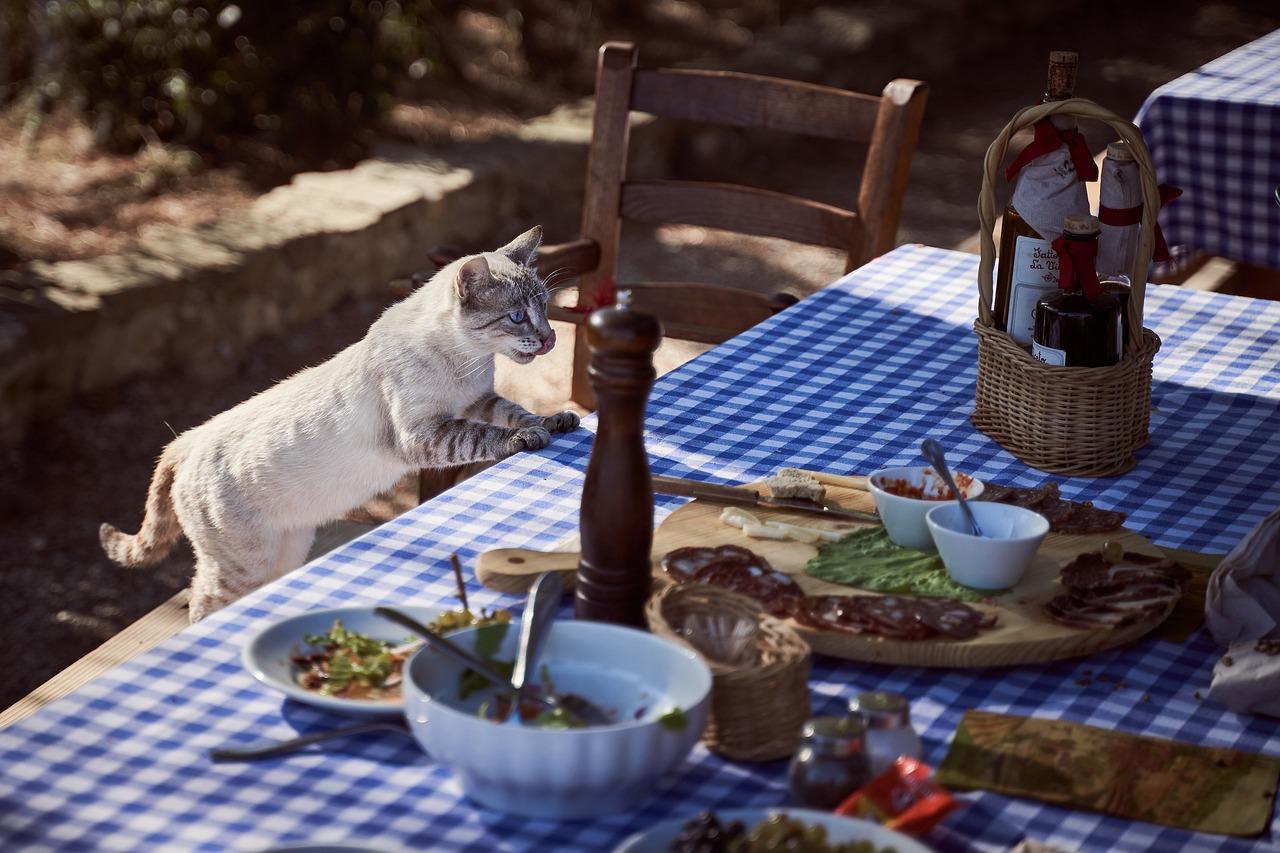Understanding your cat’s nutritional needs is crucial for their overall health and well-being. While all cats require a balanced diet, the ideal cat food can vary significantly depending on their breed. Choosing the right food is a key element of responsible pet care, and it goes beyond simply picking the cheapest option or the one with the most appealing packaging. This article will explore the nuances of selecting the perfect food for your feline friend, taking breed-specific characteristics into account.
Breed-Specific Dietary Needs: A Deeper Dive
Different cat breeds have evolved with unique metabolic rates, activity levels, and predispositions to certain health issues. These factors heavily influence their dietary requirements. For example, a highly active Abyssinian cat will have different nutritional needs than a more sedentary Persian. Similarly, breeds prone to certain health problems, such as Maine Coons and their susceptibility to hip dysplasia, may benefit from food formulated to support joint health.
Understanding Your Cat’s Breed Characteristics
Before you even step foot in Petco or browse online cat food options, thoroughly research your cat’s breed. Understand their typical activity level, size, and any breed-specific health concerns. This information will guide your food selection. For instance, a Siamese cat, known for its energetic nature, might thrive on a higher-protein diet to fuel its activity. Conversely, a British Shorthair, often a more relaxed breed, might do well with a slightly lower calorie count to prevent weight gain.
Websites dedicated to specific breeds, veterinary resources, and even reputable breeders can provide valuable insights into the typical characteristics of your cat’s breed. This research forms the foundation of responsible pet care and ensures you make informed decisions about your cat’s diet.

Key Nutritional Components to Consider
Once you understand your cat’s breed characteristics, you can focus on the essential nutritional components of their food. High-quality cat food should always prioritize:
* Protein: Cats are obligate carnivores, meaning their bodies are designed to thrive on a diet rich in animal protein. Look for foods with named meat sources (e.g., chicken, turkey, salmon) listed as the primary ingredients, rather than vague terms like “meat by-products.” The percentage of protein should be significant, generally above 30% on a dry matter basis.
* Fat: Fat is essential for energy, healthy skin and coat, and the absorption of fat-soluble vitamins. However, the amount of fat should be balanced to avoid obesity. Look for healthy fats like omega-3 and omega-6 fatty acids, often sourced from fish oil or flaxseed.
* Fiber: While cats don’t require large amounts of fiber, a moderate amount can aid in digestion and prevent constipation. Look for foods that include sources like beet pulp or psyllium husk.
* Vitamins and Minerals: Essential vitamins and minerals are crucial for overall health. Ensure the food contains a balanced profile of these nutrients, often listed on the packaging.
Choosing the Right Food Type: Wet vs. Dry
The choice between wet and dry cat food often comes down to personal preference and your cat’s individual needs. Wet food generally contains a higher moisture content, which can be beneficial for cats prone to urinary tract issues. It also often has a more appealing aroma and texture, making it a good option for picky eaters. However, wet food is typically more expensive and has a shorter shelf life.
Dry food, on the other hand, is more affordable and has a longer shelf life. It can also help with dental hygiene by scraping away plaque as your cat chews. However, dry food is lower in moisture, which can contribute to dehydration in some cats. Many pet owners opt for a combination of wet and dry food to provide a balanced diet and cater to their cat’s preferences.
Addressing Breed-Specific Health Concerns Through Diet
Certain cat breeds are predisposed to particular health issues. Dietary choices can play a significant role in mitigating these risks.
Examples of Breed-Specific Dietary Considerations:
* Persian Cats: Prone to polycystic kidney disease (PKD), Persians may benefit from food formulated to support kidney health, often with lower phosphorus levels.
* Maine Coon Cats: Their large size and predisposition to hip dysplasia necessitate a diet that supports joint health, often containing glucosamine and chondroitin.
* Siamese Cats: Known for their active lifestyles, Siamese cats require a diet with higher protein content to fuel their energy levels. However, they can also be prone to weight gain, so portion control is essential.
Remember, always consult your veterinarian before making significant dietary changes, especially if your cat has pre-existing health conditions. They can provide personalized recommendations based on your cat’s breed, age, and health status. Your vet can also provide valuable pet tips for maintaining your cat’s overall well-being.
Selecting the right cat food is a crucial aspect of responsible pet ownership. By carefully considering your cat’s breed, activity level, and potential health concerns, you can make informed choices that contribute to a long, healthy, and happy life for your feline companion. Don’t hesitate to consult your veterinarian for personalized guidance and to explore the wide range of options available at your local pet store or online retailers like Petco. Start researching your cat’s breed today and take the first step towards optimizing their nutrition!

